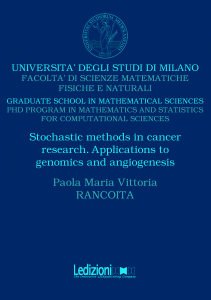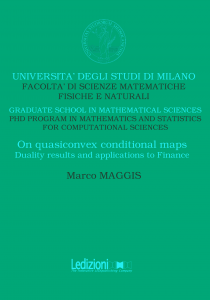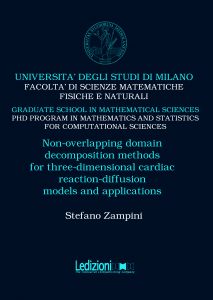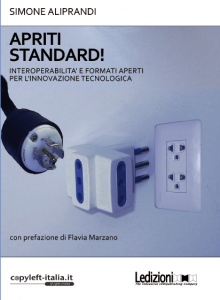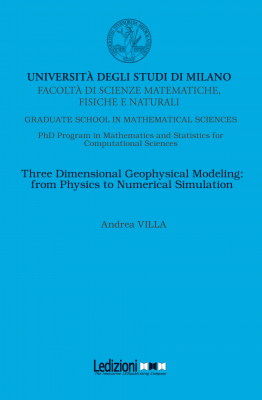Paola M.V. Rancoita, STOCHASTIC METHODS IN CANCER RESERCH. APPLICATIONS TO GENOMICS AND ANGIOGENESIS
Cartaceo
eBook in PDF
Matteo Bianchi, ON SOME AXIOMATIC EXTENSIONS OF THE MONOIDAL T-NORM BASED LOGIC MTL: AN ANALYSIS IN THE PROPOSITIONAL AND IN THE FIRST-ORDER CASE
Cartaceo
eBook in PDF
Marco Maggis, On quasiconvex conditional maps
Cartaceo
eBook in PDF
Stefano Zampini, NON-OVERLAPPING DOMAIN DECOMPOSITION METHODS FOR THREE-DIMENSIONAL CARDIAC REACTION-DIFFUSION MODELS AND APPLICATIONS
Cartaceo
eBook in PDF
CREATIVE COMMONS: A USER GUIDE
Cartaceo
eBook in ePub
eBook in PDF


